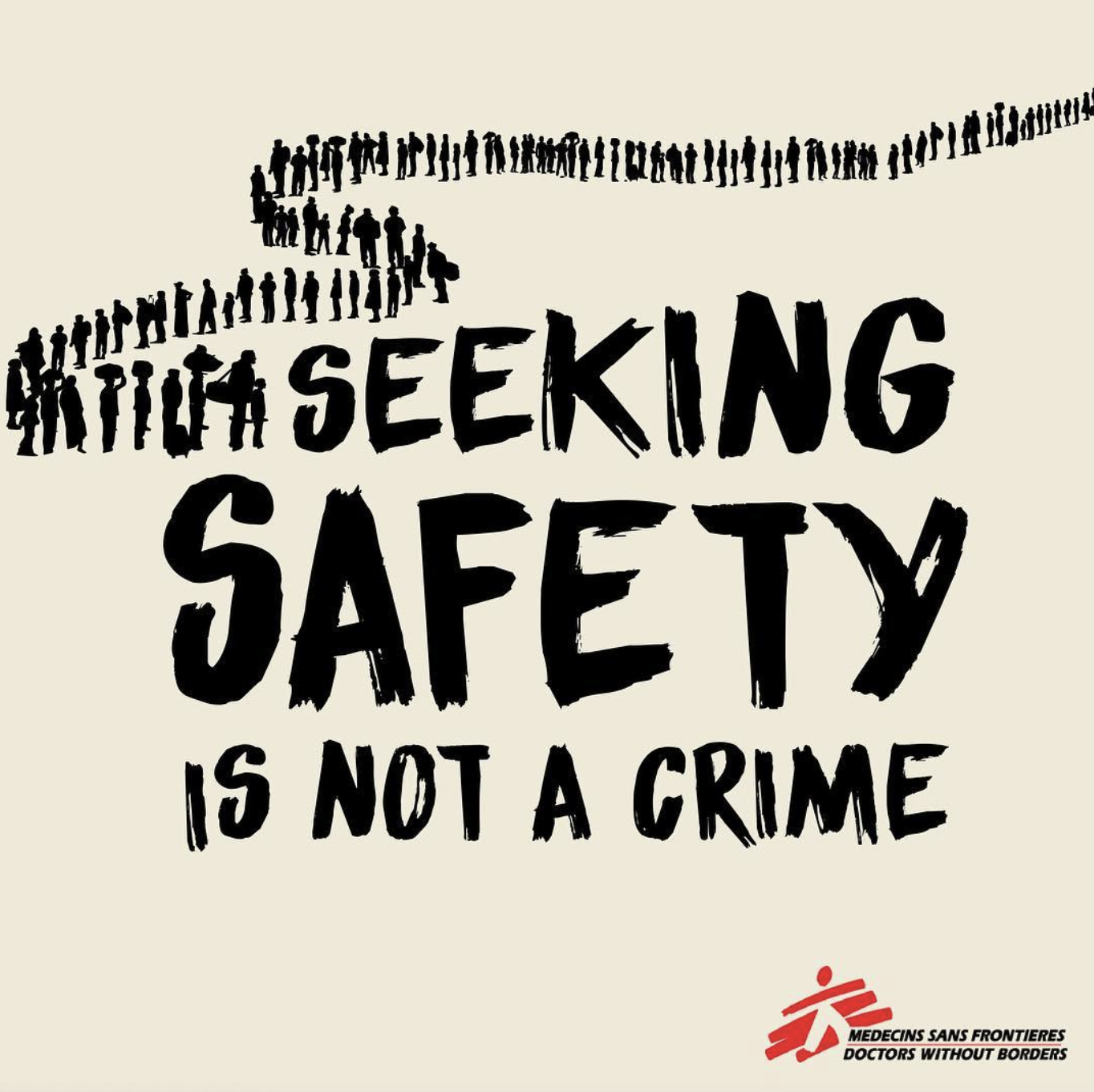Médecins Sans Frontiéres
-
Task
Creating an avenue through social media for existing donors to stay up-to-date with the organizations global efforts as well as building awareness about the organization to find new younger donors so that the organization is able to expand efforts and care.
-
Strategy
• Content collaboration with notable figures without compromising organizational dignity.
• Creating ways for the online community to experience MSF’s work more up close through Q&A’s with field workers, livestreams from the “Forced From Home” exhibit and “On the Road” as well as other interactive virtual events.
• Maintaining brand authority by speaking in a medical voice, while creating approachable content focused on the human impact of emergencies. -
Result
Growth in the online community and use of social media platforms to bring awareness to what is happening on the ground in emergency situations through the lens of emergency aid workers who look and sound like the audience.
Photographers Bearing Witness
August 19, 2019
Taking advantage of World Photography Day and World Humanitarian Day falling on the same day, I created a campaign in collaboration with a selection of humanitarian photographers that work with MSF. These photographers shared this with their followers and MSF was able to create content in collaboration with notable figures and grow their online audience. See what they had to share with MSF audiences here.
“It’s no small thing for people to leave behind everything and everyone they have ever known, in order to seek refuge in another land. It’s common, especially among politicians, to try to simplify immigration issues. It’s been my goal, however, to show this story in a more comprehensive way, with all the complexity I believe it deserves. People immigrate for many reasons. Some are fleeing crime, some extreme poverty. Others are, increasingly, leaving their homelands because of extreme drought that may be attributable to climate change. It’s important to know that everyone’s story is different.”
— John B. Moore, Getty
“If I had some advice for storytellers working in crisis situations, it would be - wherever possible, just stay longer. It’s obviously important to document the point of the crisis but it’s often when the guns fall silent or the rains have stopped that grief is felt most powerfully. I really think it’s important for our audiences to realize that just because the newspapers have moved on to another issue, that the situation hasn’t resolved itself. And I think that the people whose lives we’re documenting - they deserve to have all of their story told, not just the most dramatic aspect.”
— Robin Hammond, National Geographic
Central African Republic (CAR) has the second highest rate of maternal mortality, second only to Sierra Leone. Ravaged by conflict, much of the country’s basic infrastructure has been demolished. This includes more than 35% of medical facilities. All of these factors have exacerbated the lack of access to health care for women. Supported by The IWMF, photojournalist Nicole Tung traveled to CAR to document the crisis of maternal mortality there.
Nicole Tung, IWMF
Face to Face Updates
Produced a video series with quick face-to-face updates, providing information on quickly-changing emergency situations and MSF’s work in each context.
Stand With Refugees
Fall-Spring 2018
In 2018, it was recorded that more than 68.5 million people had been forced to flee their homes, the largest number ever recorded. This global displacement crisis is made worse by countries closing their borders and turning their backs on the most vulnerable people. This is a humanitarian crisis, and it demands a more humane response. This campaign sought to unite people under the message that we must stand with refugees, because seeking safety can not be treated like a crime.








